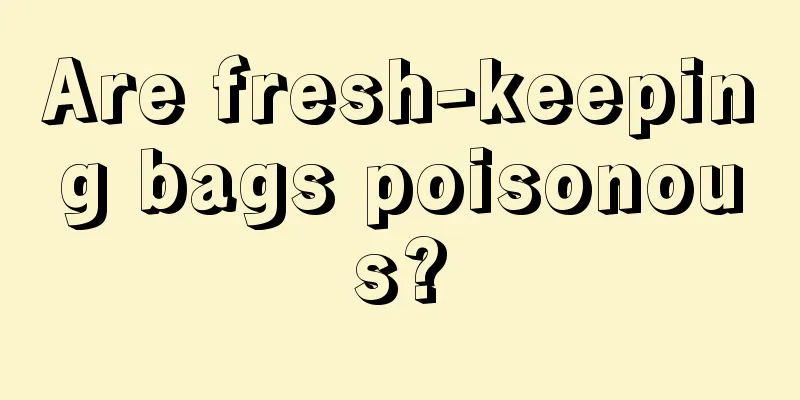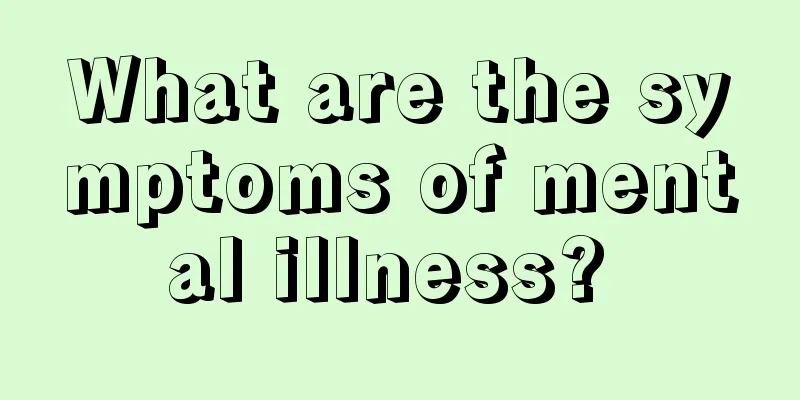Are fresh-keeping bags poisonous?

|
Most of the plastic wrap sold on the market now, like common plastic bags, are made of almost the same materials, so people have no idea what the difference is between plastic wrap and plastic bags. In fact, plastic wrap bags are made of a special material and are different from ordinary plastic bags. Plastic wrap bags can better protect cooked food, and they are safe and non-toxic as long as they are purchased from regular channels.
Fresh-keeping bag material Most of the cling film currently sold on the market, like commonly used plastic bags, uses ethylene masterbatch as raw material. According to the different types of ethylene masterbatch, cling film can be divided into three categories. Polyethylene: Abbreviated as PE, this material is mainly used for food packaging. The fruits and vegetables we usually buy are made of this film, including the semi-finished products purchased from the supermarket. Polyvinyl chloride: Referred to as PVC, this material can also be used for food packaging, but it has a certain impact on human safety. Polyvinylidene chloride: Referred to as PVDC, it is mainly used for the packaging of some cooked food, ham and other products. Among these three types of cling film, PE and PVDC cling film are safe to the human body and can be used with confidence, while PVC cling film contains carcinogens and is more harmful to the human body. Therefore, when purchasing cling film, PE cling film should be selected. The cling film on the market now can be roughly divided into two categories. One is ordinary cling film, which is suitable for refrigerator preservation; the other is microwave cling film, which can be used for refrigerator preservation as well as in the microwave. The latter type of plastic wrap is far superior to ordinary plastic wrap in terms of heat resistance and non-toxicity. Therefore, consumers should pay special attention when choosing and use them separately. Are fresh-keeping bags toxic? Three categories of plastic wrap Polyethylene. Abbreviated as PE, this material is mainly used for food packaging, such as the film used for the fruits and vegetables we usually buy, as well as the semi-finished products purchased from supermarkets. Vinyl chloride. Referred to as PVC, this material can also be used for food packaging, but it has a certain impact on human safety; Polyvinylidene chloride. Referred to as PVDC, it is used for packaging of products such as cooked ham. There are two substances in PVC film that are potentially carcinogenic, one is VCM (vinyl chloride monomer) and the other is DEHA. If the VCM content is within the range of 1PPM (unit of measurement: one part per million), it is non-toxic. If it exceeds the standard, it may cause cancer. Qualified beverage bottles and mineral water bottles are required to be made of food-grade plastic, that is, PET bottles. These food-grade PET bottles cannot withstand high temperatures and need to be used at low temperatures. They are generally safe to use below 70°C. However, PET contains trace amounts of catalysts. Some people like to pour hot water into the bottles, and the high temperature will dissolve harmful substances in the plastic into the water. At the same time, acidic liquids can easily dissolve harmful substances in the plastic. If the alkalinity of the water or tea acid filled by consumers is unstable, harmful substances may also be brought out. PE is generally non-toxic, but in order to suit different usage ranges, polyethylene plastics often contain additives, such as reinforcing agents, plasticizers, colorants or antioxidants, etc. These additives are generally small molecules, which are easy to volatilize under certain conditions and may also produce toxic substances. Can fresh-keeping bags be put in the microwave? It is a habit for many families to seal unfinished food with plastic wrap, but many people are not very clear about the precautions when using plastic wrap. Some cling film manufacturers in supermarkets only mark "PE" and "PVC" on the outer packaging without any other relevant explanations, which often confuses people when purchasing. Some cling films have words like "can withstand high temperatures of 180°C" and "cannot be used for microwave heating" marked on the outer packaging, which makes it easy to understand. According to industry insiders, the cling film currently sold on the market is mainly divided into three categories. One is PVC cling film, which can be used to preserve food, but because it may contain benzene ring plasticizers inside, it cannot be heated in a microwave oven or used to package oily foods, otherwise the compounds produced will endanger human health; one is PE cling film, which is more widely used on the market because it does not contain plasticizers and is safer; there is also a type of PVDC cling film, but its high production cost makes its application and sales not very widespread, and it is only used to preserve some higher-priced products. |
<<: How to keep mushrooms fresh
Recommend
What are the treatment and nursing methods for bradycardia
Bradycardia is a type of heart disease and is usu...
Question: What are the diagnostic methods for brain cancer?
Brain cancer is a malignant tumor in the brain, a...
What are the symptoms of gas poisoning? What should you do if you have gas poisoning?
In life, we may encounter some accidents and inju...
How to Remove Hair Dye Stains
In order to make their hair look better, many peo...
The last words of the eight organs
1. Reduce the burden on your legs and feet We are...
How to quickly relieve the discomfort caused by drinking
Getting drunk is a very common thing in life, and...
There are small red bumps on the tongue
We all know that the tongue is the first organ of...
Is sugarcane a fruit?
Sugarcane is a common plant in the southern regio...
What happens if you eat shrimp and drink beer
Shrimp is a seafood that many people like to eat....
What is the applicable scope of rectal cancer surgery
What is the indication for rectal cancer surgery?...
How is early lung cancer treated? Methods for treating early symptoms of lung cancer
More and more people around us are suffering from...
What is the disease of calf fever
Fever in the calves is a relatively common phenom...
Is skin cancer definitely hereditary?
If a family member gets skin cancer, it will brin...
Symptoms of zinc deficiency
Zinc is a very important trace element in our bod...
What diseases can be checked by color Doppler ultrasound
When going to the hospital for a check-up, many d...









